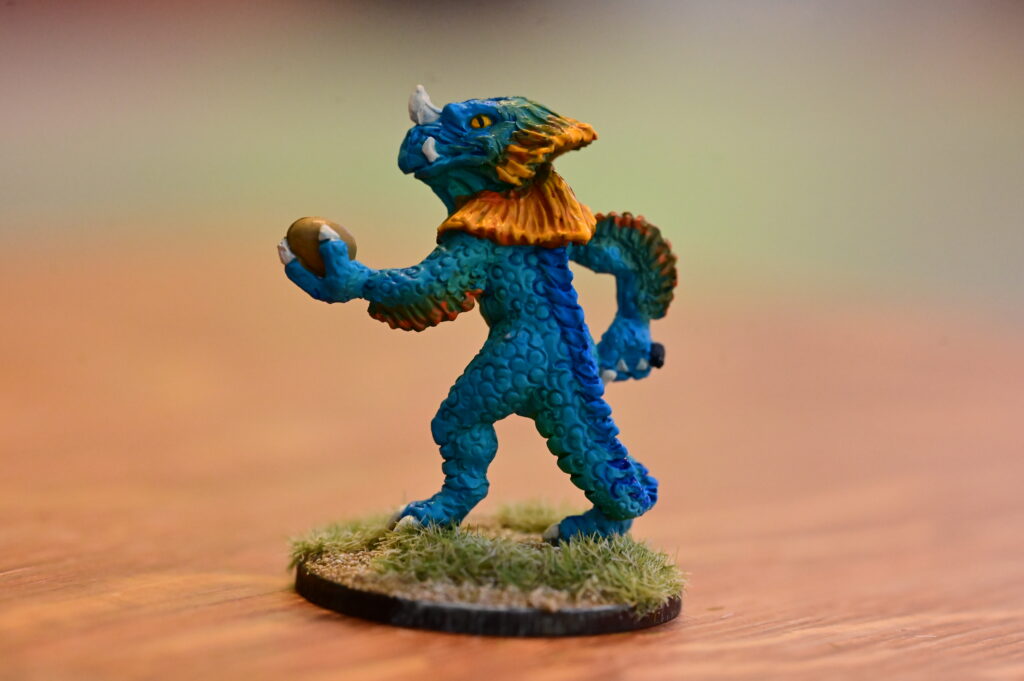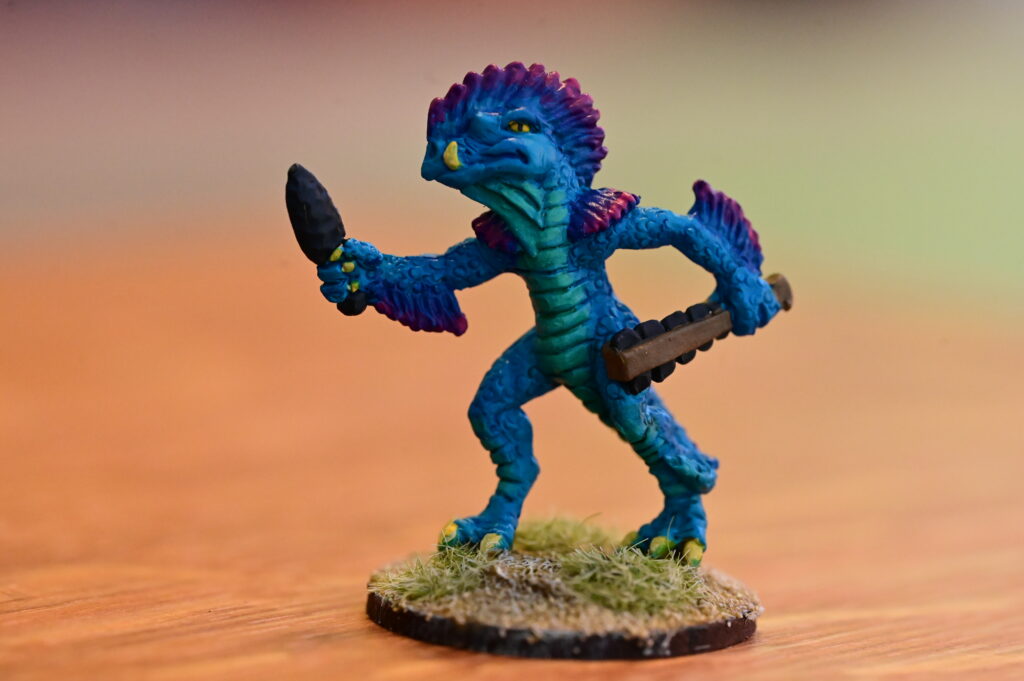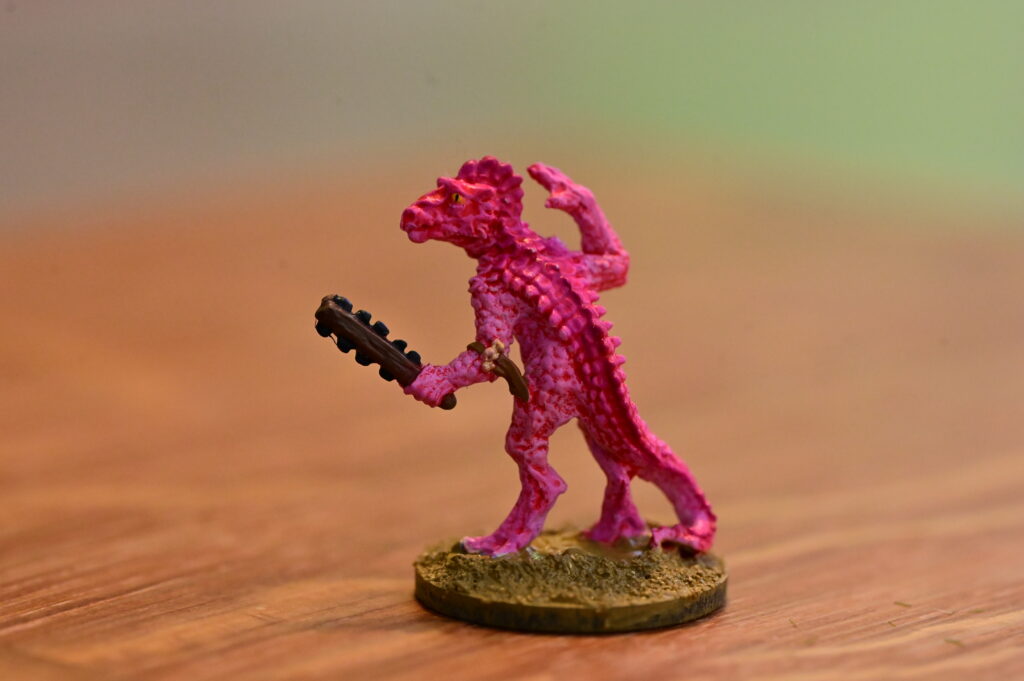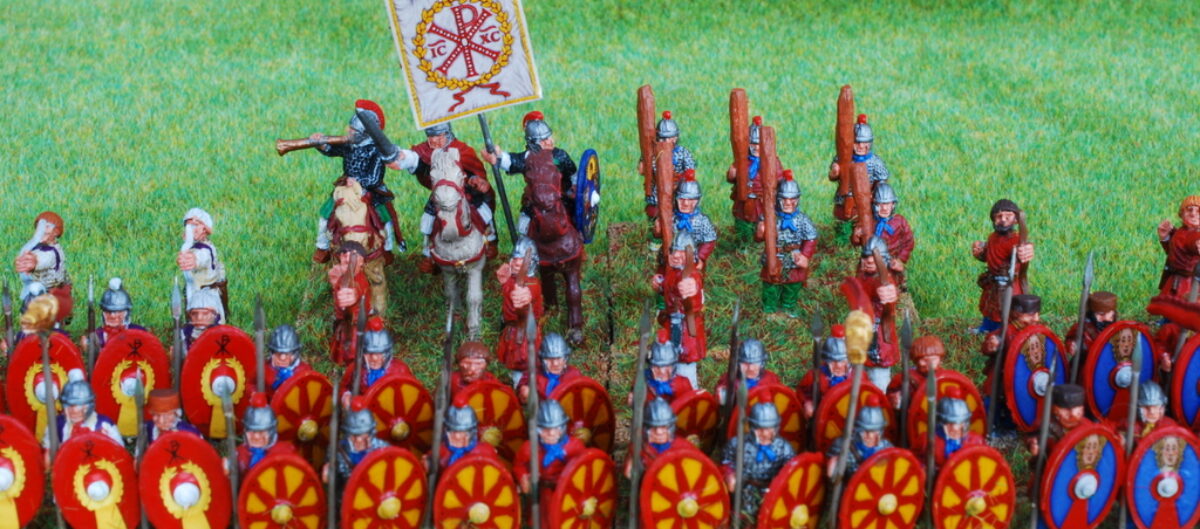Which probably bears an actionable similarity to Greyhawk, but is also rather different. Plus I don’t like the direction that the Living Greyhawk campaign took. So my version keeps the same map (which I have always loved), and a lot of the same kingdoms, but put a new, less anthropocentric spin on the history. There are going to be a lot more elves…
So once, there was a great Elfish kingdom to the west, beyond the what are now the Barrier Peaks. Back then, this was a fertile land, not the Sea of Dust that it now is. And this kingdom became an empire – it conquered lands to the west that are beyond the knowledge of men now living, and it sent expeditions into the east, where it found forests and scattered tribes of men, that it dominated, and used to fell trees for its insatiable needs. And it warred with the elvish clans to the north, who roamed the great steppe, fierce archers on fleet horses who lived only for their freedom under the wide skies.
And the empire of S’el became darker and more decadent as it expanded. Its people gave themselves over to dark pleasures and depraved desires, and the spires of their cities echoes with the screams of tortured and pain. But ever were the clans of the north a thorn in their sides, and their greatest warriors rode to battle on great dragons that breathed fire. And they had no homes upon the steppe, but were ever on the move, falling back when assaulted, and striking again when least expected.
So the great mages of the S’El created a great magic, and wove their greatest spells into one great spell that would scourge all the northern plains. But the shamen of the northern clans felt the spell as it grew and grew, and they called upon their spirits of land and water, sky and earth, and the wrought their spells in return. Finally the hammer fell and the Invoked Devastation fell upon the northern plains, and the grass and trees withered and died. But the shamen of the north were powerful too, although they could not stop the spell entirely. But they could turn some of its power away, so not all life on the plains was extinguished, and they mixed the power they had turned away with the pain of the desecrated land, and drove it back on S’El. The mages of S’El were arrogant, and never expected the clans of the north to master such power. Few saw its coming , and fewer still escaped the Rain of Colourless Fire which fell upon S’El. Everything the rain touched turned to dust, and the whole great land of S’El – its rivers and forests and fields and people became a great sea of chocking dust.
Thus passed S’El into history.
But some of its people escaped, either because they had been in the east when the Rain fell, or they felt its coming and managed to escape.
To the east of S’El, beyond the mountains, was a fair land – a great valley watered by two great rivers. Here they tried to recreate the kingdom of S’El in exile – they rounded up the human tribes as slaves, and built new cities. Some of the elves already dwelling here had been remote garrisons of S’El, who were happy enough to help this endeavour, but many were those who had fled S’El at the shame of its depraved practices. In time, these scattered elves gathered their strength, and then, freeing the human slaves, they struck at the few remaining S’El mages. Many were slaughtered, but a few escaped, across the sea, yet further to the east.
In this newly freed land, many of the free elves settled down with the men who they had freed, and together created the Kingdom of K’el, which is now called the High Kingdom of Keoland. Keoland is probably the place in all of Oerth where men and elves are most at peace with each other. Indeed there are few in Keoland who could claim to be entirely elven or entirely human, so much is their blood mixed. And they claim that they have the best attributes of both races. Certainly Keoland is known as a kingdom that is ruled fairly and justly. The Kingdom itself contains many realms, all of which recognise the suzerainty of the High Kingdom, but many of which are to all intents and purposes independent. The most notable are the Yeomanry in the east, which is a human realm for those who hold to the purity of human blood, and the Celene in the west, which is the only pure-blooded elven realm in the High Kingdom.
The High King himself (or herself) is elected from those of royal blood by a council of barons, and serves for a term of twenty years, whether man or elf or any mixture of the two. The Keoish say that this practice of short reigns is what saves them from the decadence and decline of the Great Kingdom.
Which now brings us to the mention of the Great Kingdom. For when those elves who had been ousted from K’El fled east, across the sea, they found a new realm; a kingdom of men that flourished in the wide lands between the two seas. Unlike the land between the two rivers, this was no scattering of tribes that could be easily dominated, and their numbers were further reduced even from the scattered remnants that had fled S’El. But those of them that remained were those that were most cunning and puissant in dark magic. And so they came not in might, but under darkness, and cover of night. And they worked their way into the shadows of the Great Kingdom, watching and waiting; luring men into dark cults and enthralling those close to the halls of power. Gradually, their influence increased, as, disguised by their glamours, they took up their positions around the throne. Gradually, the Great Kingdom descended into factionalism and strife. Some men were tools of the dark elves, and others turned to other sources of power in order to counter them. The Great Kingdom split into a myriad of warring kingdoms. In some elves remained in the shadows, in others, they ascended the throne. All made pacts with dark powers to better dominate the others. The most successful of these were some kingdoms of the south that started to worship a serpent god – their deity granted them the power to become mighty serpents themselves, and create slave armies of serpent men. For a time, it seemed as if their legions would dominate all of the east, but the elves, emerging from the darkness and opposing themselves to the openly depraved behaviour of the serpent people, were able to fully use their magical power for the first time. The war was long and bloody, but gradually the serpent men were forced back, finally across the Azure Sea to the jungles of Amedio. The elves of S’El were able to set themselves up as the saviours of the Great Kingdom, and the greatest amongst them ascended to the golden throne of the new Great Kingdom.
The hearts of the elves of S’El were always dark however, and gradually they reverted to their former ways, as they pulled all power into their own hands. Their lives were many generations of those of men, and gradually men cam to resent and hate their new masters for their power, their immortality and their ruthlessness. Plots were hatched, and rebellions and uprisings became ever more frequent. At the same time, men of power dabbled again in pacts with dark powers in order to give themselves the power and lifespan of their elven masters. In the end, the elves were overthrown, but the men who raised themselves to the ruling class were every bit as depraved and degenerate, as well as long lived as their former masters. Thus the Great Kingdom stagnated, and became a dark place where the peasantry groaned and cowered in their villages, working for their feudal lords in dark castles between grim forests where dark creatures lurked.















